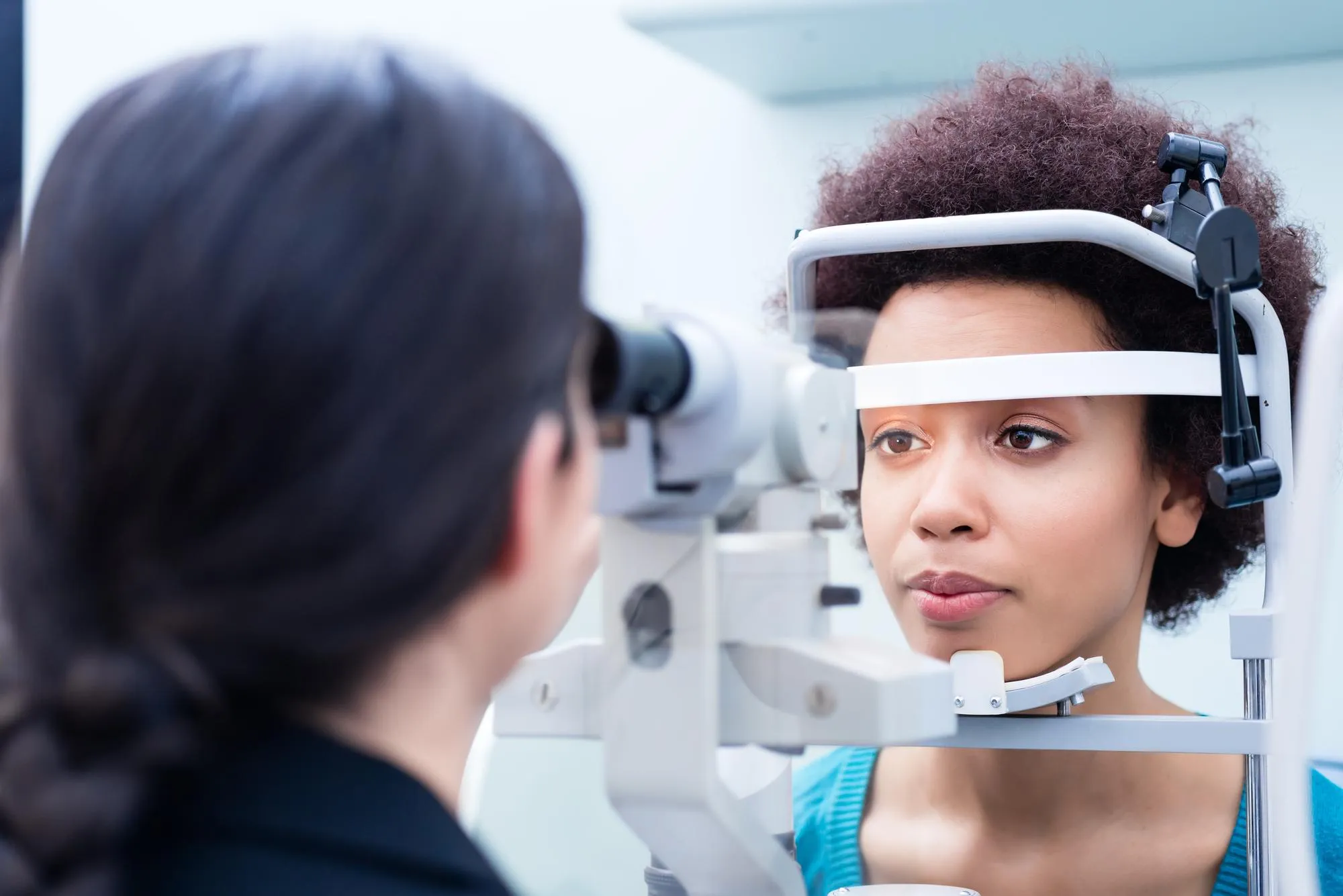Keywords
1. Pediatric Glaucoma Treatment
2. Cyclophotocoagulation Outcomes
3. IOP Reduction in Children
4. Refractory Glaucoma Surgery
5. Glaucoma Treatment Success Rates
DOI: 10.1016/j.jaapos.2023.11.014
Glaucoma in children is a critical condition that can lead to irreversible blindness if not managed effectively. Traditional treatment methods often have varying degrees of success. However, a recent study conducted by a team of researchers led by Dr. Bader B. Alhazzaa at the King Khaled Eye Specialist Hospital, Riyadh, in the Kingdom of Saudi Arabia, has made significant findings regarding the efficacy of cyclophotocoagulation (CPC) in the treatment of refractory pediatric glaucoma. The study, published in the “Journal of AAPOS,” gives insight into the long-term outcomes of CPC for children whose condition is resistant to conventional treatments.
For families and medical professionals dealing with pediatric glaucoma, these findings could mean a paradigm shift in managing the condition. The study also offers a ray of hope, signaling potential for improved treatment response and prolonged success rates, specifically in cases where other interventions have failed.
The study meticulously analyzed the medical records of children diagnosed with glaucoma who underwent their first CPC treatment between May 2000 and May 2020. The researchers focused on two critical aspects: the surgical success of CPC and the patients’ response to this treatment modality over the extended term. Success was measured using two definitions: Definition 1 considered treatment a success if intraocular pressure (IOP) remained at or below 21 mm Hg at all visits after the initial three months without requiring additional glaucoma surgeries or repeat CPC procedures. Using Definition 2, a repeat CPC did not equate to treatment failure.
Out of the 300 eyes that underwent CPC procedures within the study period, 262 eyes were eligible for inclusion. The mean age at the time of the first CPC treatment was slightly over five years old, with the average follow-up period being 4.3 years. Impressively, 31 of these eyes had a follow-up of at least ten years, providing a robust data set for long-term analysis.
According to Definition 1, the treatment’s success rate was approximately 26.7%, and when considering Definition 2, the success rate increased to around 46.2%. A key finding was that older children had a significantly lower risk of treatment failure. Specifically, each additional year of age at the time of the first CPC procedure was associated with an 8% reduction in the risk of failure after a single CPC treatment and a 5% reduction in the risk after multiple CPC treatments.
Delving deeper into the numbers, the study reported that out of the 262 eyes evaluated, 107 (41%) experienced sustained IOP reduction with a single CPC treatment. Conversely, 56 eyes (21%) required multiple CPC treatments for effective IOP management, while 35 eyes (13%) showed only a transient response. Unfortunately, 64 eyes (24%) did not respond to CPC treatments at all, highlighting the variability in treatment response among pediatric patients with refractory glaucoma.
These findings have profound implications for pediatric glaucoma management, as CPC often necessitates multiple treatments, and a significant portion of the pediatric population may show suboptimal responses to the procedure. Nevertheless, the study’s revelation that older children show greater potential for successful IOP lowering through CPC offers a strategic avenue for practitioners when considering the age factor in treatment plans.
The research team responsible for this study, including Dr. Alshahrani AA, Dr. Aljefri S, Dr. Al Obaida I, Dr. Al Owaifeer AM, Dr. Alotaibi N, Dr. Abdalla Elsayed Maram Ea, Dr. Ahmad Khabir K, and Dr. Malik Rizwan (rmalik@seha.ae), has provided the medical community with vital data that can be leveraged to improve treatment protocols and patient outcomes. Their collaboration represents a mix of expertise from different institutions within the Kingdom of Saudi Arabia and the United Arab Emirates, further demonstrating the importance of collaborative research in advancing pediatric ophthalmology.
References:
1. Alhazzaa BB, Alshahrani AA, Aljefri SS, et al. Long-term outcomes of cyclophotocoagulation in refractory pediatric glaucoma: treatment response and success in 262 eyes. J AAPOS. 2024 Jan 12. DOI: 10.1016/j.jaapos.2023.11.014.
2. Beck AD, Lynch MG. 162 degrees of selective laser trabeculoplasty in pediatric glaucoma: a 3-year retrospective study. J AAPOS. 2011 Oct;15(5):435-40. DOI: 10.1016/j.jaapos.2011.05.021.
3. Mandal AK, Chakrabarti D. Update on congenital glaucoma. Indian J Ophthalmol. 2011 Dec;59 Suppl(S1):S148-57. DOI: 10.4103/0301-4738.73697.
4. Papadopoulos M, Cable N; Surgical Pediatric Glaucoma Study Group. The Ahmed Glaucoma Valve in refractory pediatric glaucomas: part 2: surgical technique. Br J Ophthalmol. 2013 Mar;97(3):404-407. DOI: 10.1136/bjophthalmol-2011-301317.
5. Autrata R, Rehurek J. Laser trabeculoplasty – a highly effective method of treatment for primary congenital glaucoma. Cesk Slov Oftalmol. 2003 Mar;59(2):103-8.
This news article exemplifies both the complexity of treating pediatric glaucoma and the promising future that innovative treatments like CPC offer. As the medical community continues to build upon this research, it becomes ever more critical to share these findings widely, ensuring that patients across the globe benefit from the collective progress in combating this life-altering disease.
